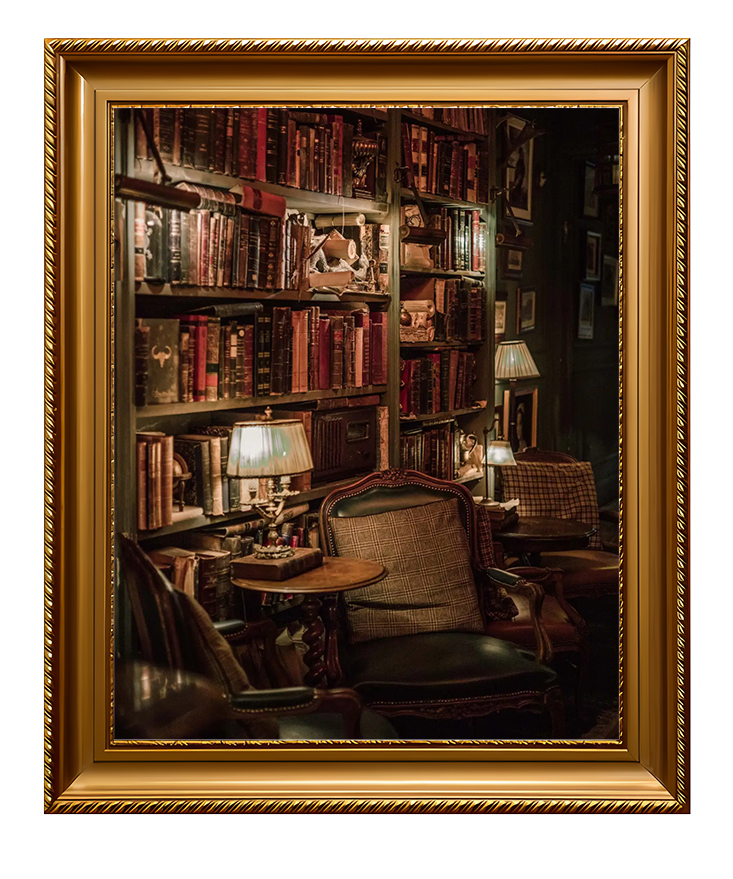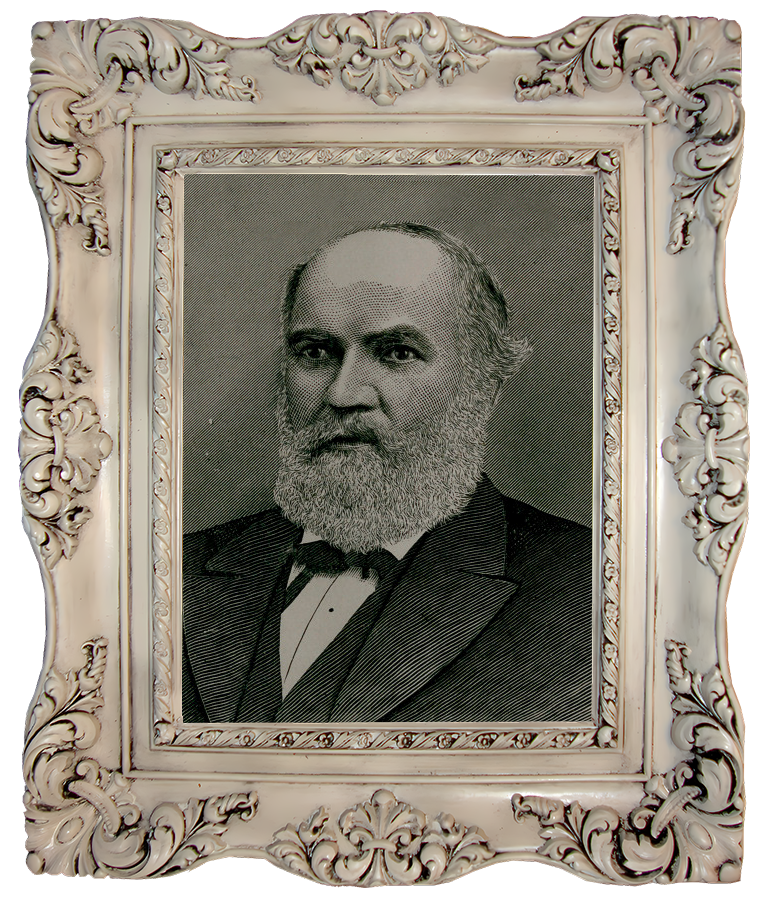“Good buildings come from people's souls, not from clever ideas.” —Christopher Alexander
Facilities
The Club offers nearly a dozen unique rooms. From a quiet morning to an excited evening we offer spaces that cater to both – staffed at most times and open around the clock.
The Welcome Room
Designed with a “Texan Aristocrat” flair, the Welcome Room is excellent for a morning coffee (served daily at 8am) or a midday business meeting. With tall windows and a large fireplace the space is flooded with light and embraced by flame.
The Social Hall
During the day the Hall has long wooden tables to work from with seating for 48. In the evenings the Hall is transformed for our larger social events (up to 150 people) including feasts, popular speakers, and our famous Weekend Socials.
The Library
As one may expect, the Library is a quiet, faintly lit room with leather furniture and bookcases. Perfect for an Old Fashioned with your compatriots, it offers what many seek yet is hard to find.
“The Battery” – Members’ Bar
Named after the tall-ship decor, The Battery is our main bar with seating for 30, a wall of records to play music from, and outdoor balcony seating overlooking the street below.
The Commons
Filled with couches and comfortable chairs, The Commons is where our members gather to lounge and read during the day, and in the evening the space elevates with merrymaking, music, and drinks.
The Lecture Room
With tiered seating for 21, a chalkboard, and lectern – like a small university hall – the Lecture Room is perfect for visiting academics or our ‘amateur historian’ members to give niche presentations. Its also equipped with a projector for old movies in the evenings or on weekends.
The Wooten Building
The Crimson Club’s flagship location is historically significant for two reasons: it was built for Thomas D. Wooten, known as the “Father of the University of Texas,” and it showcases the architectural style and construction techniques of the late 19th century in Austin. The building itself tells the story of early Austin architecture with its eclectic design; combining elements of Carpenter, Gothic, and Romanesque styles.
Born in 1829, Thomas Dudley Wooten was of Scottish descent and grew up on a Kentucky plantation. He moved to Texas in 1876 and became a prominent figure in the medical field, serving as a surgeon during the Civil War in the Texas Hood Brigade. He was also a Regent for the University of Texas, significantly influencing its development. He and his wife, Henrietta Goodall, had 10 children, including Dr. Joe Sils Wooten and Dr. Goodall Wooten, who both followed in their father’s footsteps in medicine.

